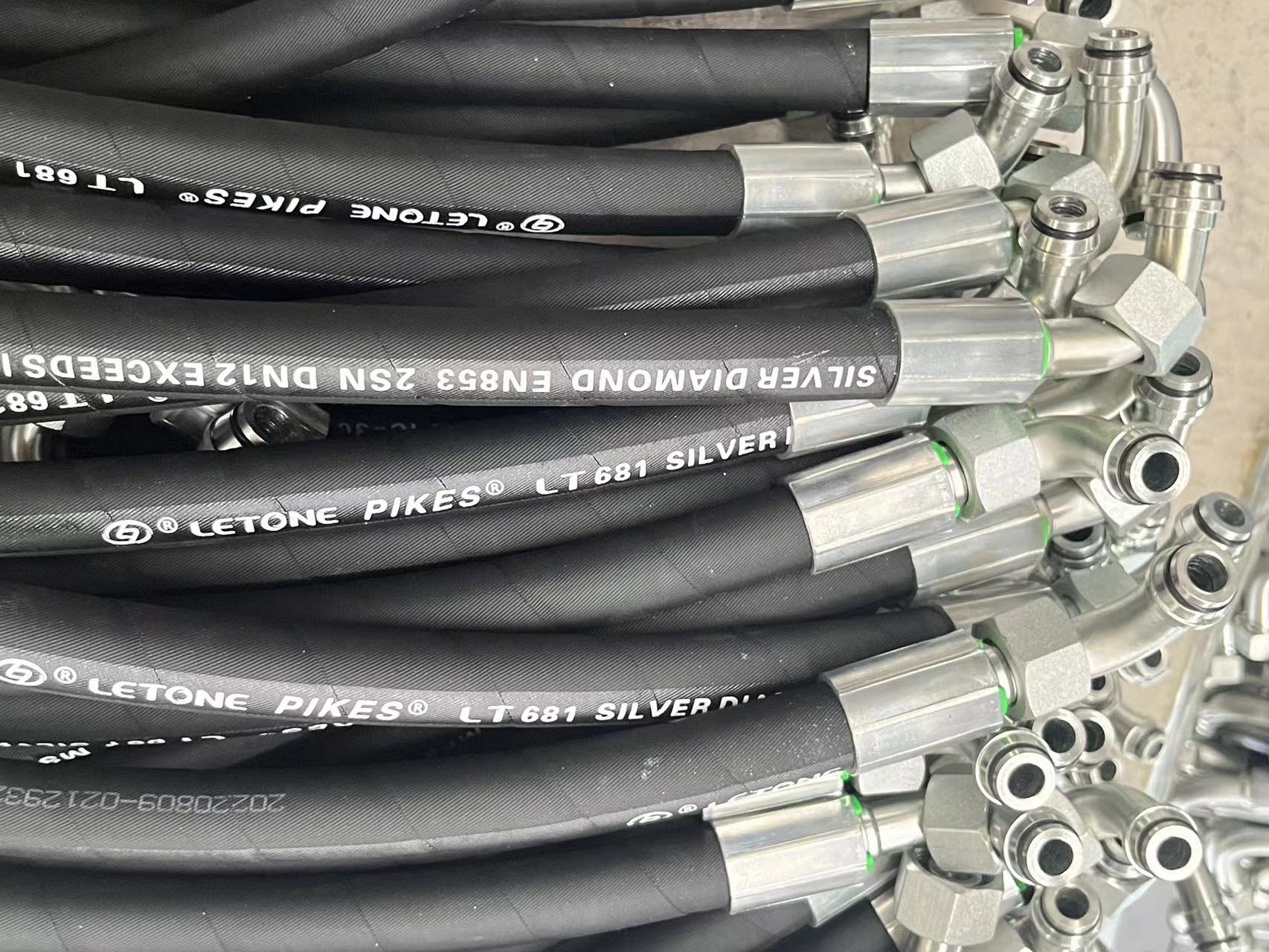Advantages of super wear-resistant hose for asphalt mud in transportation operations
2025-07-28 09:30:52
In modern construction and engineering construction, super wear-resistant hoses for asphalt slurry (hereinafter referred to as super wear-resistant hoses) are widely used due to their excellent corrosion resistance and wear resistance. Whether in road construction, bridge construction, or in mining, petroleum and other industries, super wear-resistant hoses play an indispensable role. However, how to extend the service life of super wear-resistant hoses is an important topic of concern in the industry. This article will comprehensively analyze the various factors affecting the service life of super wear-resistant hoses in order to provide guidance for related applications.
1. Material properties
The service life of super wear-resistant hoses is first affected by the properties of their materials. Super wear-resistant hoses are generally made of composite materials such as high-performance rubber and synthetic fibers. Good raw materials can provide better wear resistance and corrosion resistance, thereby extending the service life of the hose.
1.1 Rubber type
Different types of rubber (such as natural rubber, chloroprene rubber, fluororubber, etc.) perform differently in terms of wear resistance, heat resistance and chemical resistance. Fluororubber has excellent chemical resistance, but relatively poor wear resistance; while natural rubber has excellent wear resistance, but low tolerance to chemical media. Therefore, when choosing a hose, the appropriate rubber type should be selected according to the specific application scenario.
1.2 Processing Technology
The processing technology has a direct impact on the physical properties and chemical stability of the hose. High-quality processing technology can ensure that the hose is not easy to age and damage under movements such as tension, compression and friction, so it is worthy of attention.
2. Use environment
The service life of super wear-resistant hoses is also closely related to the environment in which they are located. The following factors are all important to pay attention to in the use environment.
2.1 Temperature
Temperature changes can cause aging and deformation of super wear-resistant hoses. In a high temperature environment, the material of the hose may be accelerated to oxidize, resulting in a decrease in hardness and embrittlement; in a low temperature environment, the hose may harden and become brittle, thereby reducing flexibility. Therefore, it is very important to maintain a suitable temperature.
2.2 Humidity
Humidity is also an important factor affecting the performance of super wear-resistant hoses. Excessive humidity may cause water accumulation inside the hose, which may cause corrosion and other chemical reactions, resulting in decreased hose performance. Therefore, when using and storing super wear-resistant hoses, attention should be paid to changes in environmental humidity.
2.3 Chemical media
Super wear-resistant hoses may be exposed to a variety of chemical media during operation. Different media have different degrees of corrosion on hoses, such as acids, alkalis and salts, which may cause the degradation of hoses. Therefore, when purchasing hoses, companies need to understand the chemical resistance of hoses in detail and make corresponding choices based on actual conditions.
In summary, there are many factors that affect the service life of super wear-resistant hoses, involving material properties, use environment, maintenance, installation and use technology, etc. Through reasonable selection of materials and proper maintenance, users can effectively extend the service life of super wear-resistant hoses, thereby minimizing project costs and ensuring the smooth progress of the project. In future applications, paying more attention to these influencing factors will inject new vitality into the development of the industry.